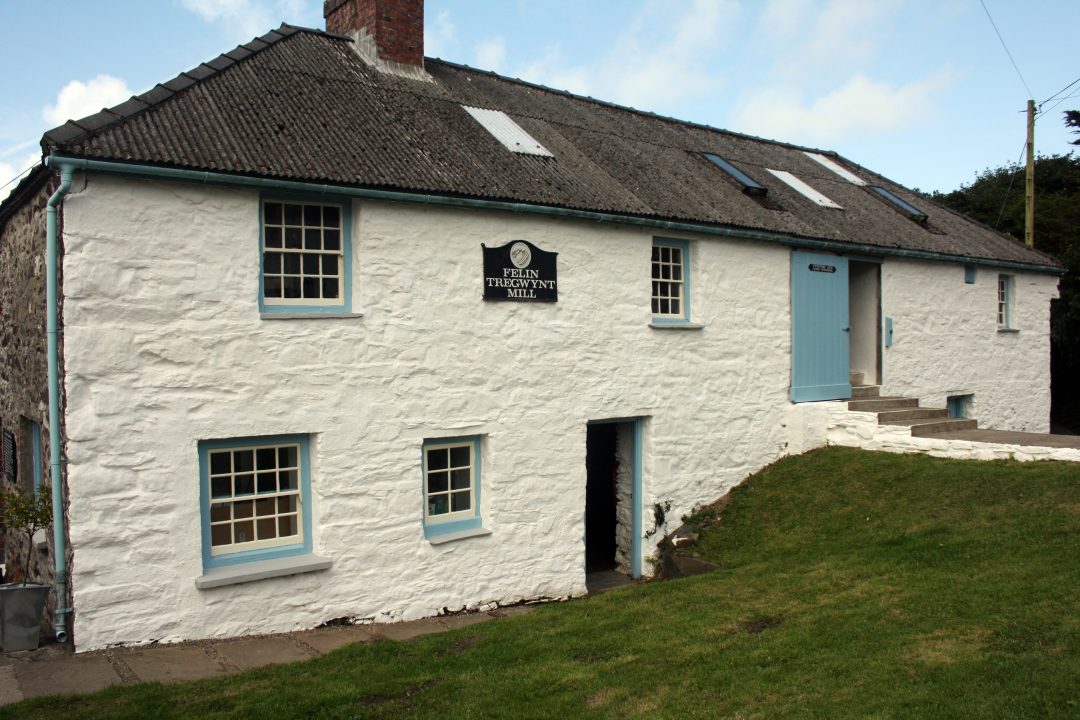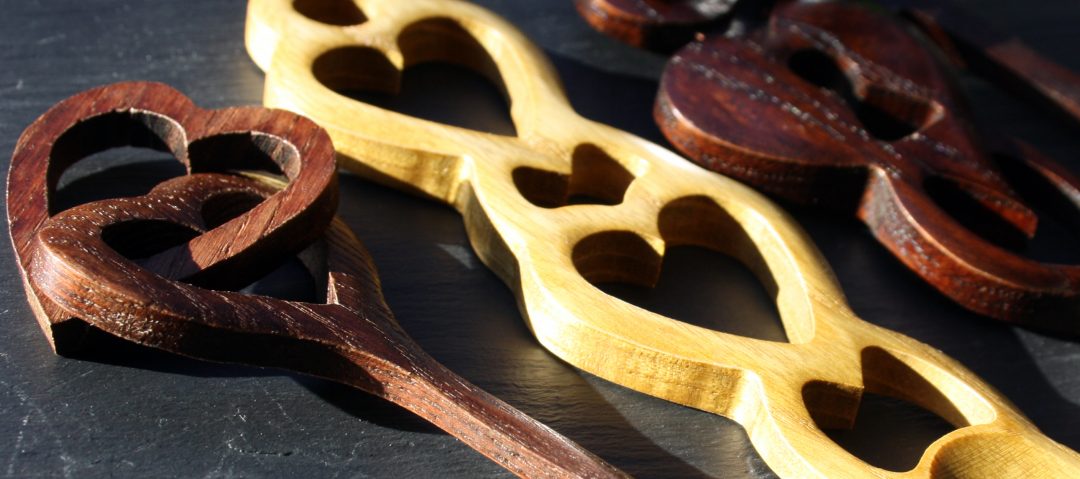The dramatic landscape of the Brecon Beacons region provides a stunning backdrop to a small village in South Wales called Penderyn. But it’s not just the scenery that’s special about this place. Penderyn is home to a distillery which produces world-renowned whisky; Welsh whisky simply named ‘Penderyn’. As Penderyn Whisky stockists, the Slate House team recently visited the distillery for a tour,learning all about the whisky-making process…
In Wales we’ve been been making whisky since as early as the 4th Century; that’s 1600 years of Welsh whisky! There is a real science behind it and sometimes it’s good to take time out to appreciate the hard work that goes in to crafting something of such quality. At the Penderyn distillery, the team takes just a humble heap of malted barley and with a bit of know-how, they are are able to produce what we at Slate House would regard as an excellent whisky.
The Welsh Whisky-Making Process
The barley is milled into a coarse flour (grist), then fed into the mash tun with water added at three stages through the process. Each addition of water is at a higher temperature than the previous one; the aim is to draw out the sugary liquid known as wort from the malted barley. This wort is drawn off into a washback, where yeast will be added. The wort will be left for around 3 days to ferment – converting the sugars into alcohol. We’ve been told that we can’t go in to too much detail about these things – in fact. the lovely Laura Davies, a vital cog in the Penderyn machine, used the the phrase ‘Trade Secrets’ and although she said the words with a smile, we’ve got a feeling she was gravely serious about keeping their secret recipes just that – secret!
Once the wort has completed its fermentation, it’s piped in to unique copper stills to be distilled under heat. At different heats, different substances evaporate and are then cooled and condensed via cooling tubes to yield different products. The original still at Penderyn, a ‘Faraday’ still, uses a design that is completely unique to Penderyn in the whisky industry, and was complemented in 2013 by a second Faraday still, installed as part of the distillery expansion. The Faraday stills were also joined in 2014 by a pair of more traditional pot stills. They use these to produce super high quality single malt spirit.
The Casks Make all the Difference!
Once cooling is complete, it’s time for barrelling – and this key in the process. As any Scotch, Whisky or Bourbon fan will tell you, it’s all about the cask. Penderyn makes three signature varieties; the Madeira Finish, which is matured in ex-Bourbon casks and finished in Madeira wine casks, the Sherrywood and the Peated. The Sherrywood expression is produced by a marriage of ex-bourbon and Oloroso sherry casks, while the peated expression is created using a slightly non-conventional ‘finishing’ in a cask which has previously held a peated whisky.
They are sealed and shipped to the warehouse to grow old gracefully and then from around the three year mark (the spirit is only legally ‘whisky’ once it’s been matured in a wooden barrel for 3 years at least); Laura Davies and her colleagues head on down for the nosing and tasting. Given the unique concept of their Faraday stills, the whisky at Penderyn tends to mature more quickly than some of the more traditional malts (the spirit at Penderyn is drawn from the Faraday stills at between 92 and 86% alcohol by volume), meaning it might not need so long in the cask as some other whiskies do.
There was a real gleam in Laura’s eye when she talked about the whisky, like it wasn’t just a job, but a passion and a craft to boot. It’s really uplifting to see a group of people; an entire workforce, who are as dedicated and skilled as the Penderyn family are. Every cog, every person, working in harmony to produce a wonderful, wonderful thing.






Investment and Improvements…
The distillery invested a great deal of money in 2013/2014, updating and remodelling the visitor centre, tasting area and factory floor, which means that tours now go beyond the viewing glass and get right in to the ‘nittygritty’ of the process. The numb roar of the mash tun and stills and the powerful, sweet aroma of the barley mash and spirit fill the entire room, creating an atmosphere that can only be experienced and not described in words.
It’s definitely a sight to behold and a journey to be taken. At Slate House, we’re proud to stock Penderyn Whisky at our shop in Neath as well as on our website. Penderyn is quintessentially Welsh, steeped in history and tradition. There’s something really special (and award winning!) hiding in the foothills of the Brecon Beacons. If you haven’t tried it – then we suggest – no – urge you to try it. You’re missing out if you haven’t already.









